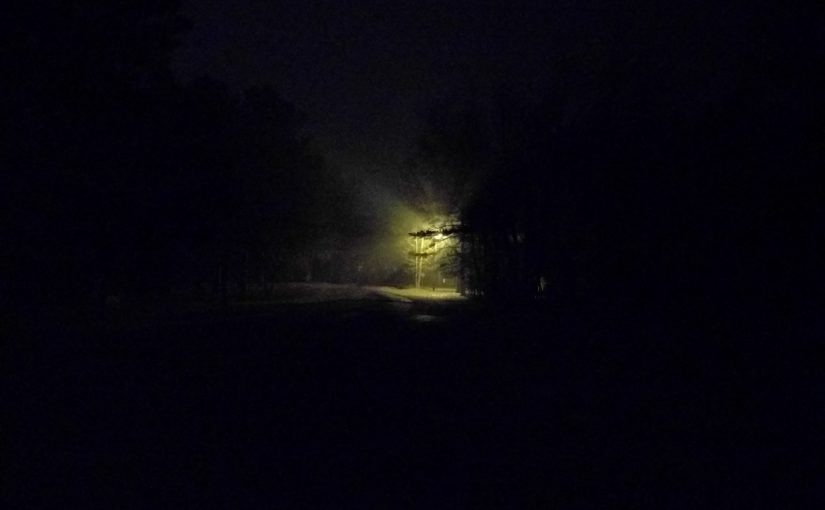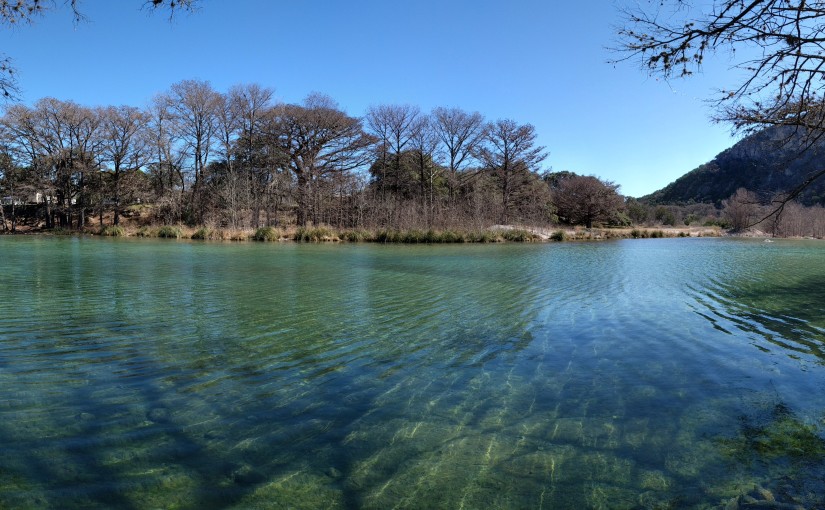-
Bastrop State Park: Lichen What We See
It’s a crisp February morning at Bastrop State Park, and our family is clustered around a park host named Ann with a dozen other explorers, listening to the story of the park’s recovery from the devastating fire of 2011. It is Ann’s first day in the role of interpreting this story, and so she has…
-
Martin Creek Lake State Park

A spectral light shines through the mist at the end of the road. It’s New Year’s weekend, and the campground is practically abandoned. Dark shutters close off the ends of screened shelters sitting quiet in the night. One could almost imagine spooky shadows rising out of them. The spirit of the early settlers that passed…
-
Weekend At Foxfire Cabins: Garner and Lost Maples State Parks

It’s early morning, and already baby is experimenting with natural elements. He is checking out the properties of rock, wood and leaves. Each new treasure he finds is tested for weight and depth, and sometimes, if he can manage it before mama catches him, taste and edibility. The morning light is fine and crisp, and…
-
Bastrop State Park: Hike It Baby: Thoughts on Hiking
Last weekend, we went camping with the Hike It Baby group at Bastrop State Park. The focused activity of the day was a planned mid-morning hike along the Red Trail (with a later connection to the Purple and Orange Trails, I…
